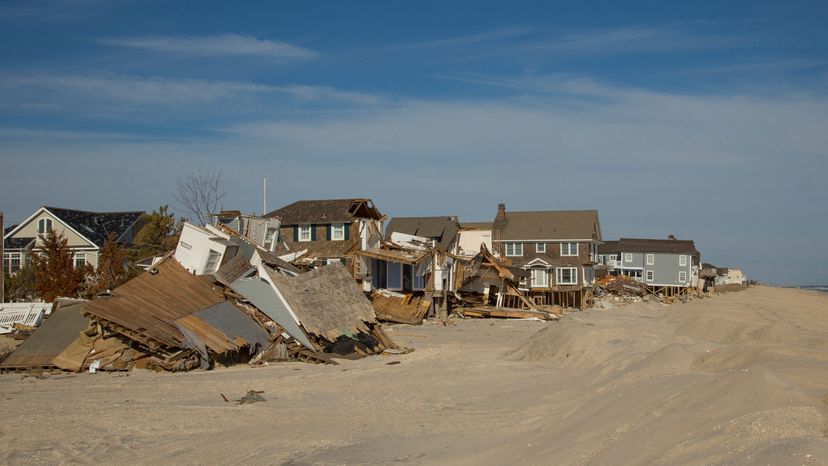Superstorm Sandy unleashed its fury along the Atlantic Coast, causing widespread destruction and leaving a tragic human toll in its wake. The National Oceanic and Atmospheric Administration estimates that the storm caused around $70 billion in damages. It is one of the most expensive storms in U.S. history.
In total, 147 lives were lost in the United States, while 70 lives were claimed in the Caribbean.
Storm Surge and Flooding
One of the most devastating aspects of Superstorm Sandy was the storm surge and coastal flooding that affected numerous communities and infrastructure. The storm made landfall during a full moon, causing higher than normal tides, and the powerful winds generated by Sandy pushed vast amounts of sea water onto the shore. Coastal areas, including New York City, experienced catastrophic flooding, resulting in the inundation of subway tunnels, power outages, and the closure of the New York Stock Exchange.
The storm surge and flooding demonstrated the vulnerability of coastal communities to such extreme events. It also highlighted the importance of natural defenses like salt marshes, which played a crucial role in mitigating the effects of storm surge by providing a protective barrier between land and sea, absorbing wave energy, and capturing sediment.
Property Damage and Economic Loss
The property damage and economic losses caused by Superstorm Sandy were staggering. With an estimated $70 billion in damages, the scale of destruction was immense. The government estimates that the storm inflicted $19 billion in damages in New York City alone. The aftermath of the storm has had a huge financial impact on the city. Residential areas, such as the Jersey Shore and Staten Island, saw significant destruction of homes.
The financial burden of the storm extended beyond property damage, impacting businesses, infrastructure, and the overall economy. The recovery process was lengthy and costly, with thousands of people still unable to return to their homes years after the storm.
Loss of Life and Recovery Efforts
The human toll of Superstorm Sandy was profound. In total, 147 lives were lost in the United States due to the inundation of flooding, powerful winds, and coastal storm surges. In the Caribbean, 70 lives were claimed, highlighting the far-reaching impacts of the storm.
As communities began the arduous process of recovery, various organizations and government agencies provided aid and support. Some of the key organizations involved in the recovery efforts included:
- The Federal Emergency Management Agency (FEMA), which supplied financial assistance to individuals and businesses affected by the storm
- Emergency responders, who were tasked with restoring power, clearing debris, and repairing damaged infrastructure
- Local community organizations, which provided support and resources to affected individuals and families
These organizations worked tirelessly to help communities rebuild and recover from the devastation of Superstorm Sandy.
